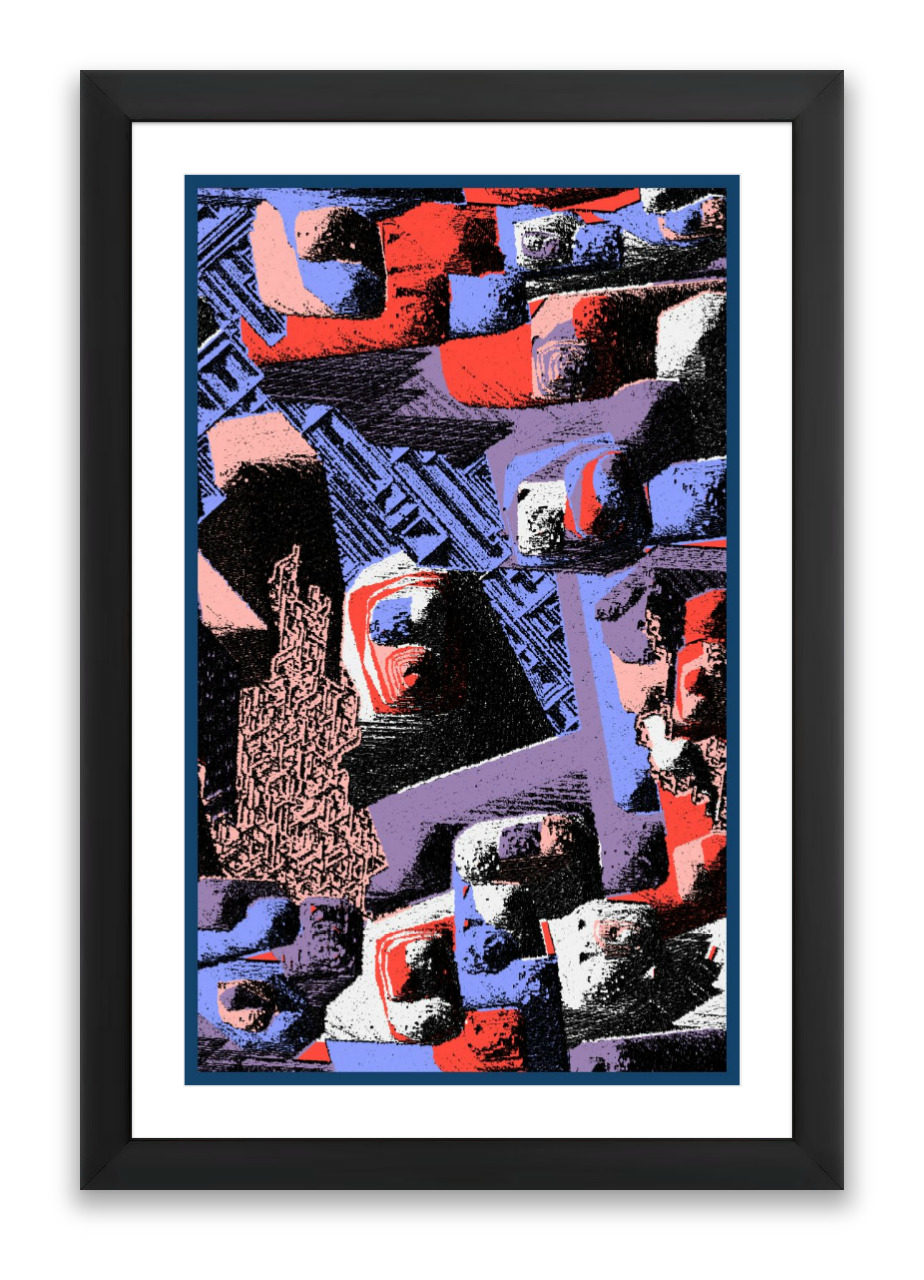
MetaRuins: Crafting the Ruin Through Code
written by Script
In the fragile intersection between the digital and the corporeal, there exists a strange alchemy—the transformation of the tangible into the intangible. This collection is inspired by architectural ruins, is not merely a celebration of decay; it is an attempt to understand what happens when time and technology intersect, when the crumbling of ancient stone meets the meticulous precision of code. The ruins here are not just images but living, breathing constructs that breathe the melancholy of their own existence.
The Entire Collection will be soon available for minting
Each piece is born from a mixture of traditional architectural study and the cold beauty of computational design. I sought to bring forth these architectural fragments not through photography or digital painting, but through a programming process that mirrors the disintegration of time. Using a language of code, I modeled the decaying surfaces, each element a reflection of the impermanence of all that stands. The process is intricate—each line of code representing an erosion, a gradual crumbling, each algorithm creating an imbalanced fracture, a jagged edge, just like those that nature itself weaves into stone over centuries.
The beauty of working with generative art tools, like p5.js, lies in their unpredictability. Code becomes a brush and the screen a canvas, but the lines are not drawn by hand; they are algorithmic. The process is one of chaos and order, where every parameter I set allows for a degree of randomness, a break in symmetry. Much like the ruins I seek to immortalize, there is a balance between control and surrender. The randomness of these digitally crafted ruins reflects the randomness of history itself—chaotic, unpredictable, shaped by forces far beyond the control of the architect or the builder
The textures are not simply replicated—they are re-imagined. The lighting in each image is calculated to evoke an almost ethereal quality, the kind of light that spills through broken cracks in an abandoned palace, illuminating what remains.
I also wanted to explore the idea of virtual decay—what does it mean for something to deteriorate in a digital space, where the rules of physicality do not apply? Can decay, as we understand it in the real world, be translated into a pixelated realm? The NFT becomes a space where virtual decay meets the permanence of the blockchain, where something that is ephemeral is cast into a state of eternal preservation. The ruins of this collection exist not to be forgotten, but rather to exist perpetually, even as they continue to degrade, shift, and evolve within their digital containers. The impermanence of these forms, captured in blockchain, becomes an artifice that contends with the very idea of decay.
The pieces are not static; they are not frozen in time. Each one carries the potential for change, for transformation, as new layers of digital degradation form over the years. The ruins, in their digital avatars, will continue to evolve, to change, much as the physical structures from which they draw inspiration would have, were they left untouched. But here, there is no wind, no rain, no human touch to accelerate the process. The decay is controlled, measured, even beautiful in its precision.
This interplay between creation and destruction—code and decay—is at the heart of this project. It is a reminder that even in the world of bits and bytes, even in the perfect symmetry of the digital, imperfection remains inevitable. Just as we cannot escape the inevitable fall of the real ruins into oblivion, so too do these virtual ruins carry the weight of the past, but with a touch of digital immortality
The collection serves not only as a tribute to what has crumbled but as a meditation on the fragile nature of both history and the present. Through the technique of generative art, the ruins are not merely preserved; they are recreated, reimagined, and restructured in ways that allow them to exist in a state of constant transformation, embodying both the past and the future. A ruin that can never fully decay, a decay that can never be fully stilled.